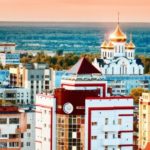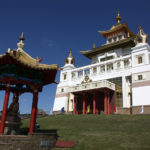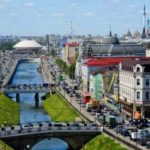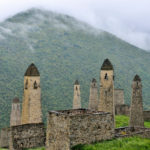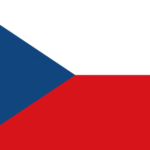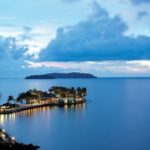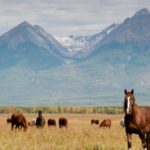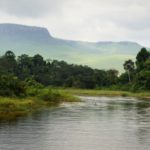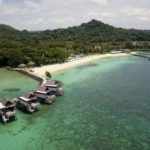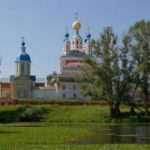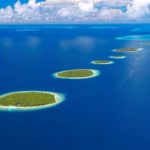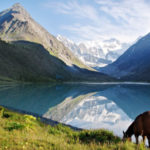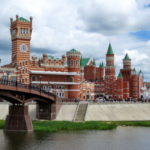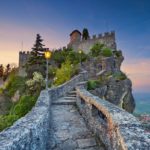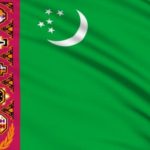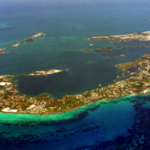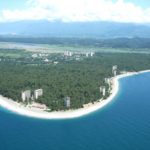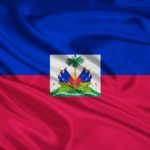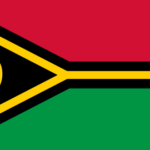18 interesting facts about the Komi Republic
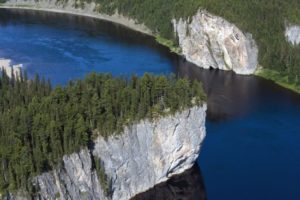 In the northeast of Moscow lies the Komi Republic, a fertile land inhabited by proud people. With the collapse of the Soviet Union, its well-being shook somewhat, but still the capital, Syktyvkar, continues to grow, offering residents jobs and education. And in other parts of the republic, many still live the way their fathers and grandfathers lived, and this, perhaps, is the best thing here – traditions. It is by them that this land is strong.
In the northeast of Moscow lies the Komi Republic, a fertile land inhabited by proud people. With the collapse of the Soviet Union, its well-being shook somewhat, but still the capital, Syktyvkar, continues to grow, offering residents jobs and education. And in other parts of the republic, many still live the way their fathers and grandfathers lived, and this, perhaps, is the best thing here – traditions. It is by them that this land is strong.
It was formed after the revolution, in 1921. First as an autonomous region, and then as a republic.
The Komi language here has official status along with Russian.
The population density in the Komi Republic is slightly lower than 2 people per square kilometer.
About a hundred objects here have the status of natural monuments.
Sometimes earthquakes occur in the Komi Republic. Fortunately, they are rarely destructive.
There are more than 78,000 lakes here, but 98% of them have an area of less than 0.5 square kilometers.
About 7.7% of the territory of the Komi Republic falls on swamps.
About 60,000 tons of cranberries are harvested here annually.
Situated in the Komi Republic, the swamp called Ocean, with an area of almost 179,000 hectares, is the largest in all of Europe.
Here is the largest woodworking enterprise in Russia.
The timber stock in local forests is estimated at nearly 3 billion cubic meters.
In the Komi Republic there are about 4400 different species of animals.
Here you can see one of the Seven Wonders of Russia – pillars of weathering, unique rock formations.
Scientists unite under the concept of “Komi” 11 different ethnic groups.
It is known for certain that the Novgorodians traded with the locals as early as the 12th century.
The capital of the Komi Republic, Syktyvkar, is the only settlement in it whose population is growing steadily.
The name of the Komi people comes from the name of the Kama River.
Primitive people lived on the territory of the republic during the Neolithic. As excavations have shown, they actively hunted mammoths.
